Lloth Temple
When Lloth created the drow, the first thing she did was to choose the most perfect female specimens to be her priesthood. While she was able to enter the Material Realm, Lloth chose new priestesses personally. But once she was barred from interacting personally with her creations, she left them the Tome of the Spider Queen to guide them in selecting new priestesses.
Today, the Lloth Temple is highly hierarchical, insular, and independent while also exercising a great deal of control over the minds and bodies of the drow.
Ethics
Though men cannot become a full priest, there are still some men who live in the Temple and work in support roles deemed too low for the priestesses themselves. Men in the Temple are expected to conform to strict behavior requirements and there are many places in the Temple compound where men are forbidden. For instance, a man may not look a priestess in the eye without permission while within the Temple grounds.1
Priesthood
All "skilled" jobs in drow society require specialized training after completing the universally mandated primary and military education and the Lloth priesthood is no exception. Entry into those specialized trainings are selective and typically require either passing an extremely challenging test or receiving a recommendation from someone already in that profession.
The priesthood is unique, however, in that only women may apply to be a priestess and all prospective priestesses must have ranked within the top 30% of drow in their mandatory schooling. Recommendations can get you into the specialized training, but it cannot excuse you from those two additional requirements.
Once training is completed, priestesses in the top 50% of students are given the title of devotee and those in the bottom 50% become regular priestesses.

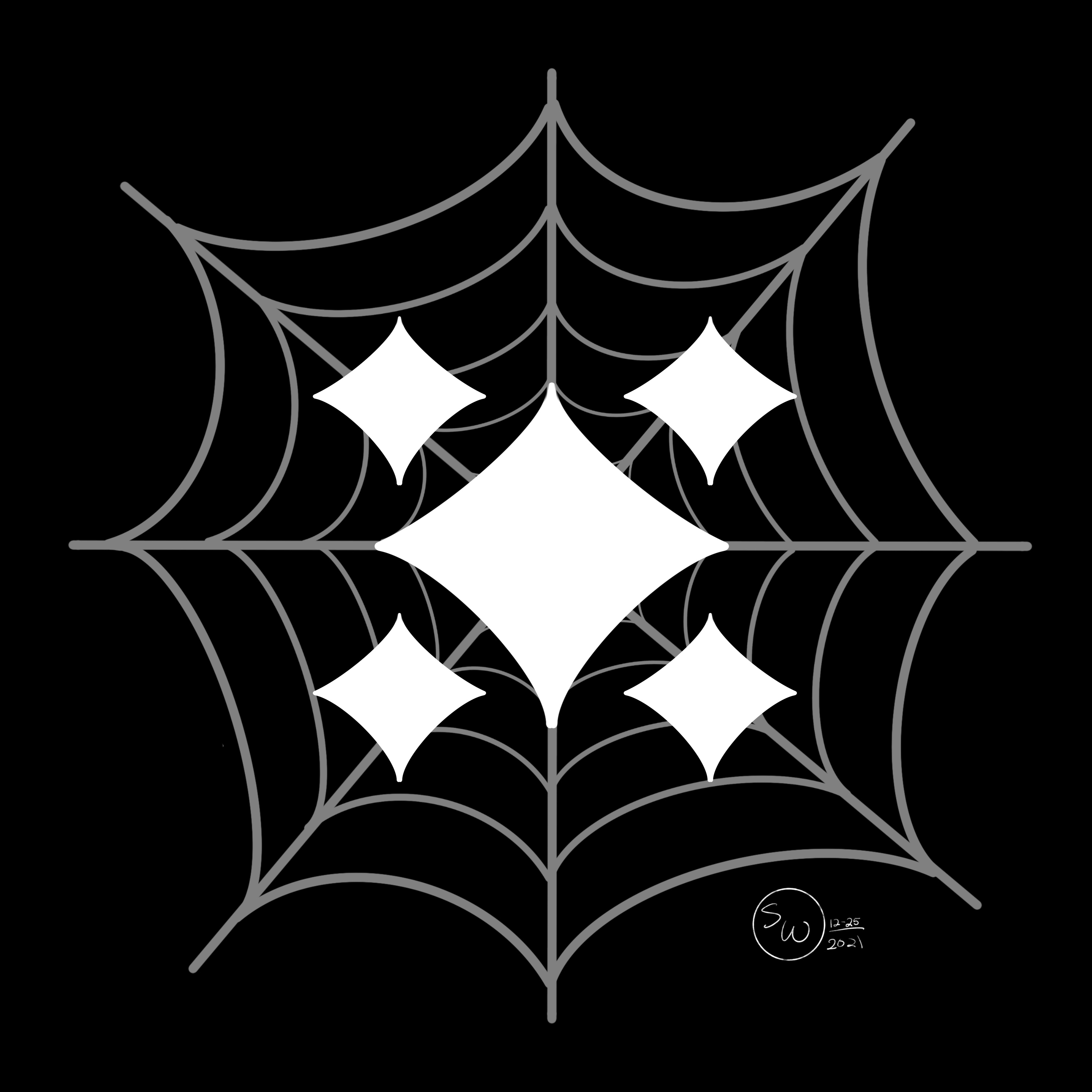

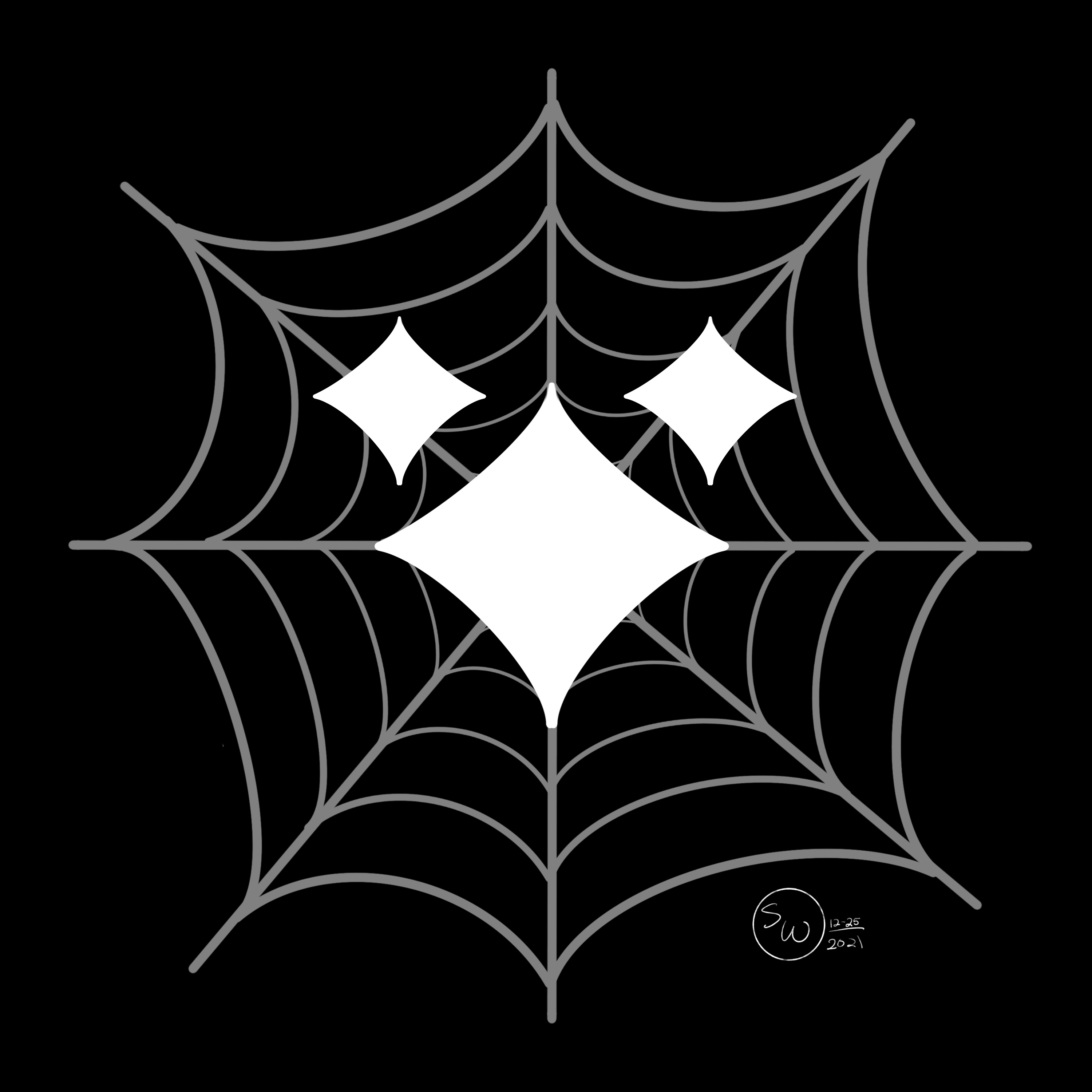
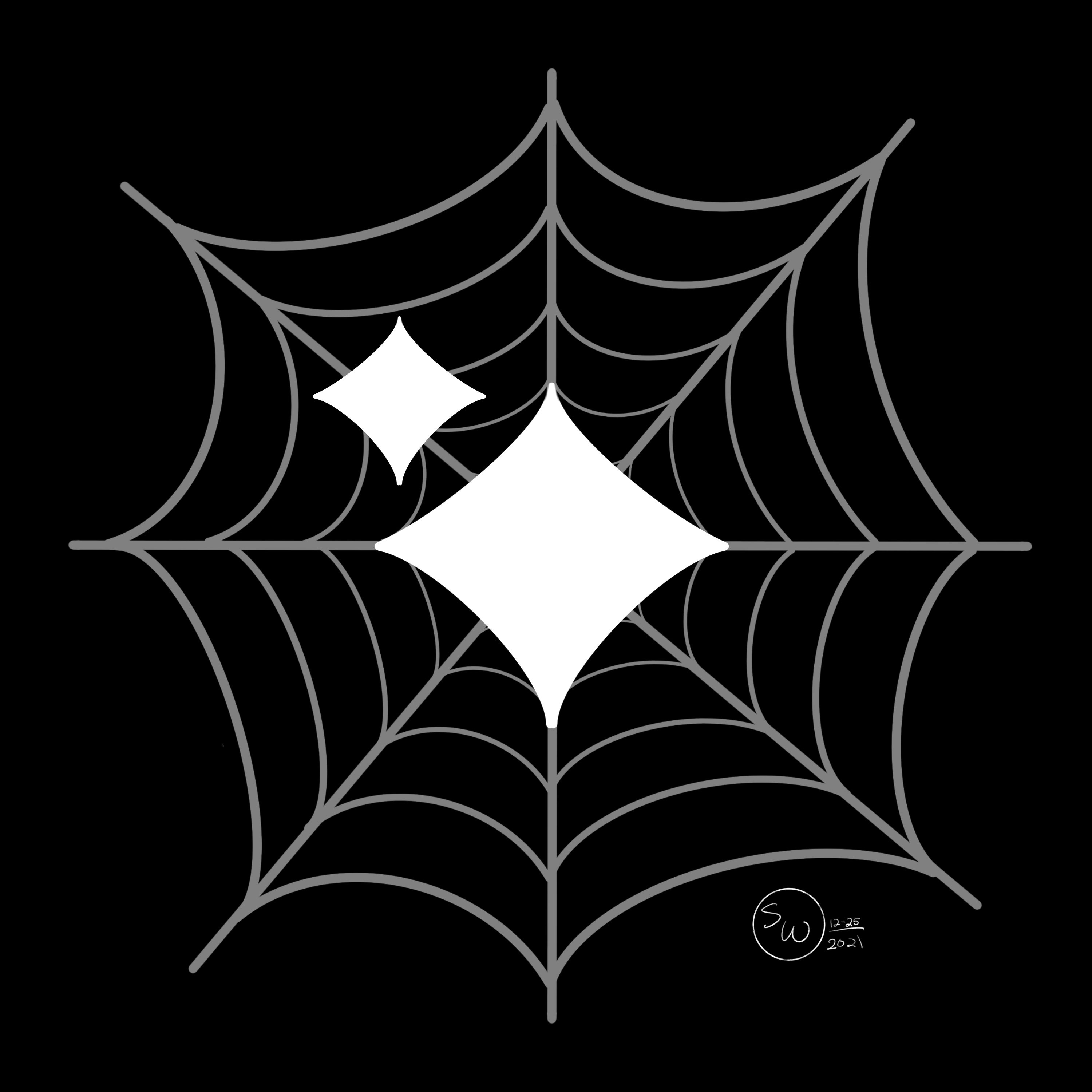

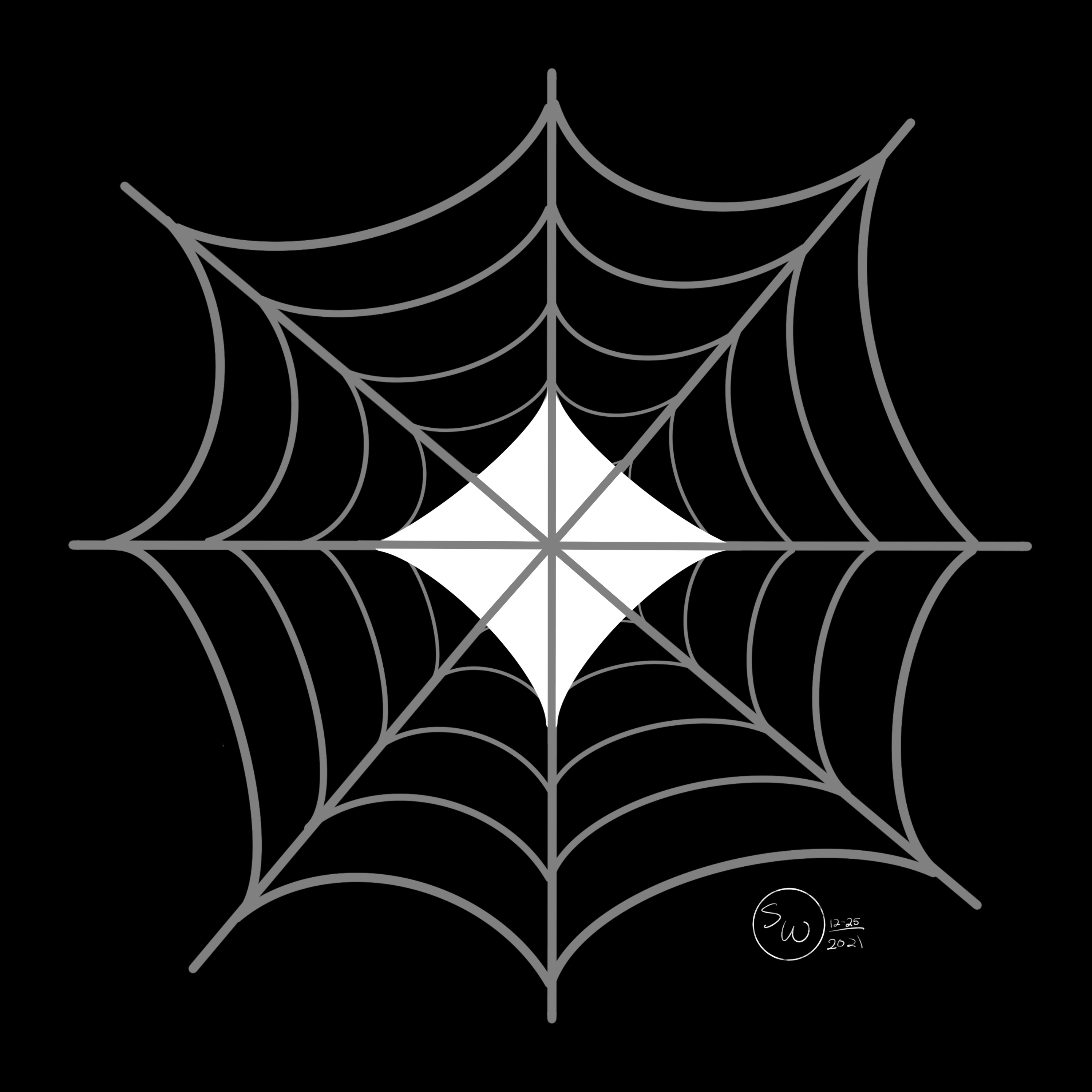
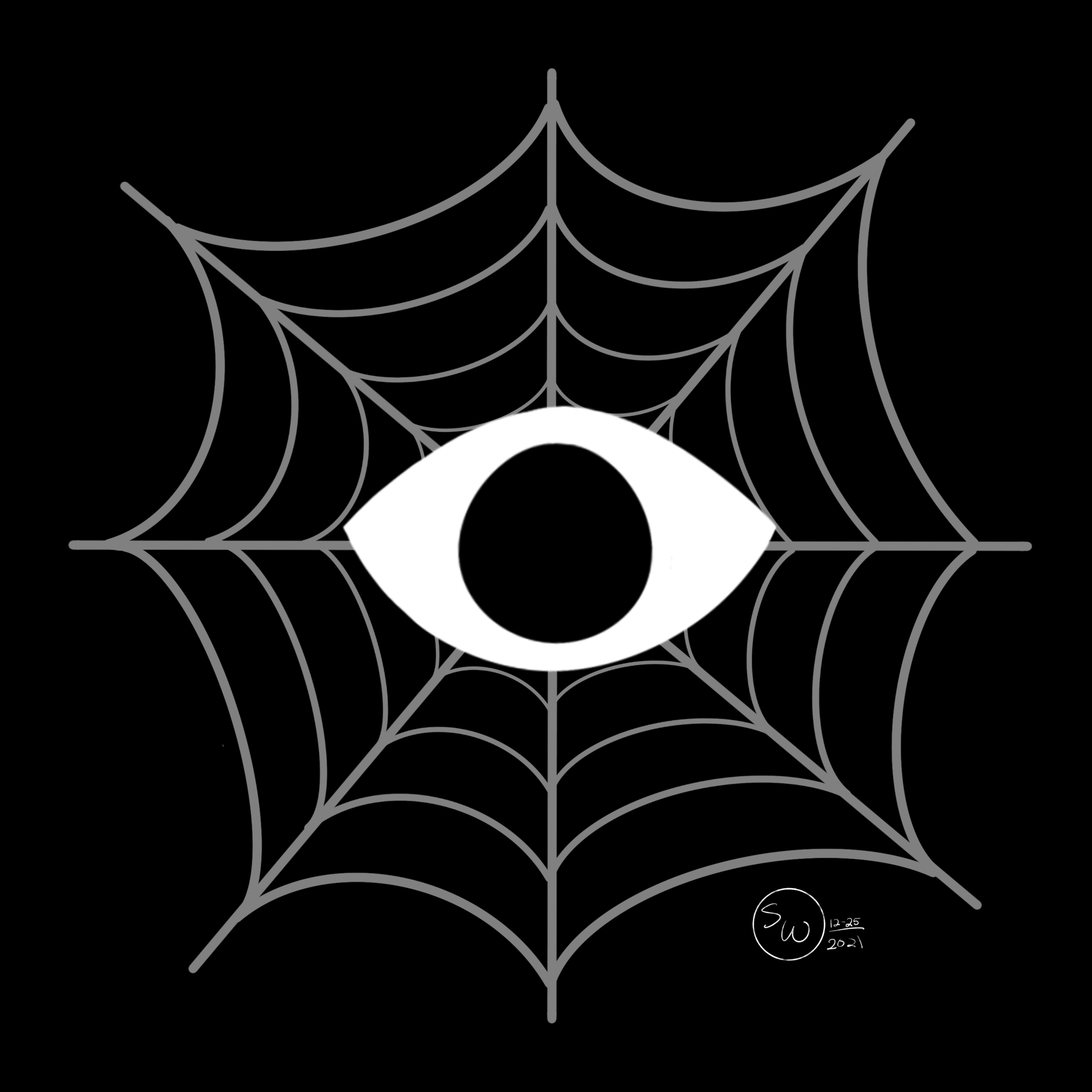
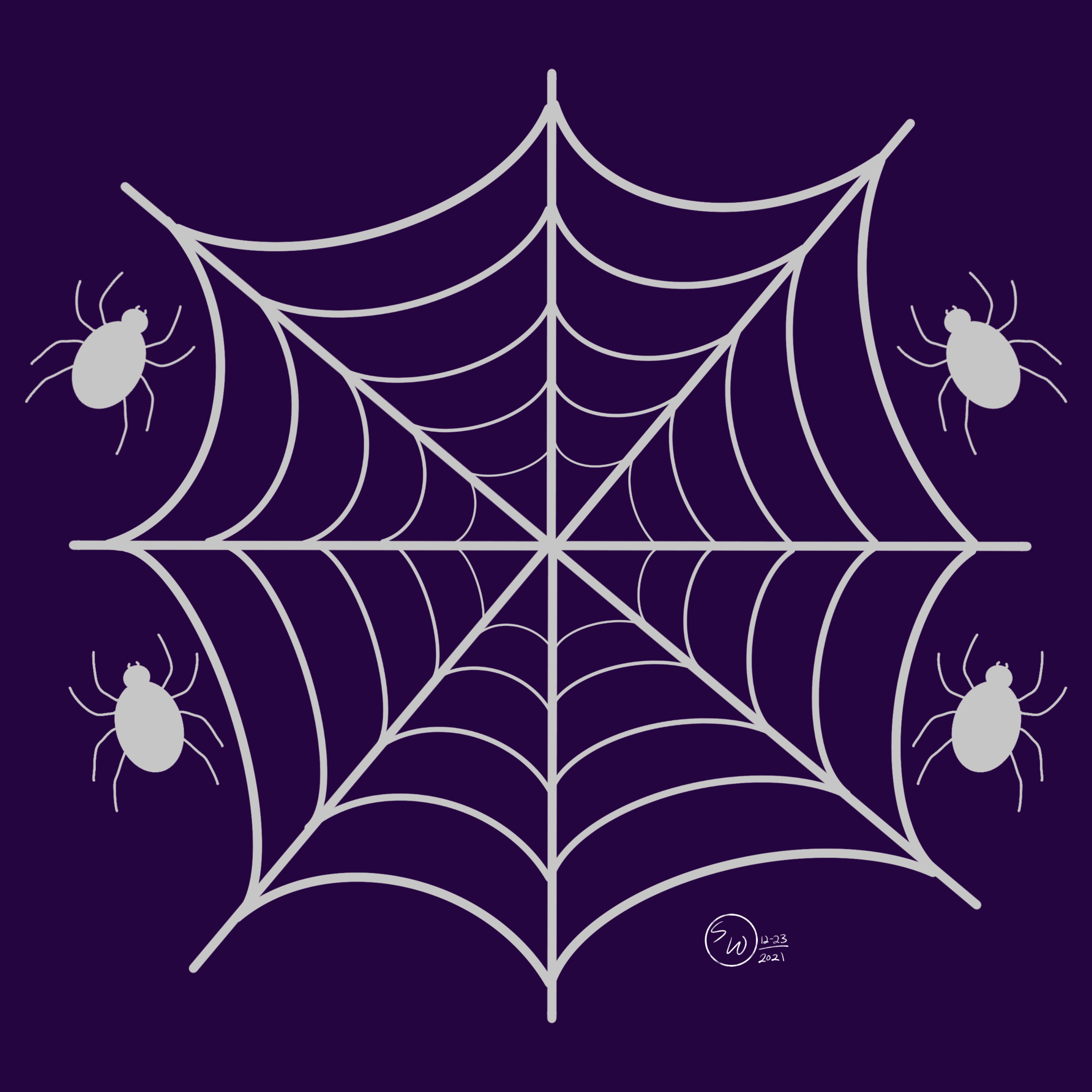
Regular Priestess Orders
The titles within the regular priestess order, from highest to lowest, are: high priestess, cardinal, high deaconess, deaconess, high devotee, devotee, priestess. Drow can rise through the ranks from devotee to high deaconess based on a point system where points are given out or taken away by those above you in the hierarchy. Performing your regular duties in a given day gives you 1 point, but if you perform additional duties or do a particularly good job, you can get more based on how generous your superiors are feeling towards you. On the flip side, your superiors can also remove points for misbehavior. Elevation to the each level requires 1000 points. To become a cardinal or the high priestess requires a more esoteric process. There are six cardinals and one high priestess at any given time and those selected will keep the position for life. When a cardinal or the high priestess dies, the remaining members of that group deliberate in private then select a new person from among the high deaconesses. These titles are extremely important within the priesthood. Drow society is very hierarchical generally, but this is especially emphasized within the Temple. Llothism requires respect and obedience towards those of higher rank and, though the rest of drow society has a more relaxed view towards this commandment, the Temple strictly enforces it. Because of this, the main difference between low-ranked priestesses and the higher ones is simply the number of people they can control rather than any meaningful increase in practical responsibility. However, there are some exceptions to this.The High Priestess
The most powerful woman in the Temple is the high priestess. She is the face of the Temple and both represents the Temple to the people and collaborates with the Drow Monarchy as needed. As such, the high priestess announces any new proclamations or dogma and provides the justifications, usually through a special sermon that any drow may attend. In addition, the high priestess oversees all major programs run by the Temple, which includes the massively influential Drow Education System. She provides the tie-breaking vote on any matter where the cardinals are divided and she is the only permanent member of the lawmaking council that decides on what laws govern drow civil life. As for perks of the position, the high priestess is the only member of the Temple who is allowed to wear gold jewelry2 and, though the cardinals and the high priestess technically have the same power, the high priestess wields the most practical power because of her important and highly visible role in drow society.The Cardinals
The six cardinals, along with the high priestess, make up the Cardinal Council, which has a hugely important role in the Temple. They have the final say on how various commandments in the Tome of the Spider Queen are interpreted, who is accepted into the priesthood training, who become Web Keepers and Prophets, and who is allowed to conceive a child. They also manage the contents of the drow education system, sometimes on a highly granular level. The day-to-day oversight of these functions, however, are given to particular cardinals who take on a separate title and take the lead in their assigned areas. These titles include "the Quartermaster" (in charge of resource allocation), "the Headmaster" (in charge of education), "the Midwife" (in charge of conception, birth, and childrearing), "the Battlemaster" (in charge of the military wing of the Temple), "the Translator" (in charge of the archives and Temple library), and "the Weaver" (in charge of the Web Keepers and the Prophets).Special Priestess Orders
At any time during a priestess' tenure, she may be chosen to leave the typical priestess track and enter one of two "special" orders: The Web Keepers and Lloth's Prophets. These two orders are considered honorable but mysterious and both have their members chosen directly by Lloth (whose will is interpreted and announced by the Cardinal Council). The orders' individual articles expound on their unique functions; this article will address only the unique requirements placed on the members of these orders. In the case of the Web Keepers, those drow are required to cut off most contact with anyone outside of their group. Web Keepers even have their own living quarters that is on the complete opposite end of the compound from the other priestesses. The only significant communication they have is when they are performing their duties. The Prophets, on the other hand, are mysterious simply because no one knows which priestesses are prophets. They hide their faces while performing their official duties and, unlike web keepers, there is never a public announcement when a prophet is selected. Prophets live among the regular priestesses and the only people who know their true association are the cardinals and the high priestess.Rank Symbols
Given the strict hierarchy in drow society, it is important for priestesses and laypeople alike to be able to quickly identify a priestess' rank. To this end, each rank is assigned a particular symbol that is visible on their person at all times. The vast majority of priestesses make sure that all of their clothes (even their "civilian" clothes) have their rank symbol on it, but priestesses who also serve in the military tend to get their rank symbol tattooed on the back of their hand or their collarbone.3 The rank symbols are as follows:High Priestess

by sadwaffle06
Cardinal

by sadwaffle06
High Deaconess

by sadwaffle06
Deaconess

by sadwaffle06
High Devoted

by sadwaffle06
Devoted

by sadwaffle06
Priestess

by sadwaffle06
Lloth's Prophets

by sadwaffle06
Web Keeper

by sadwaffle06
1 This rule applied to all men in all places up until the Llothic Reformation Resolution changed it to only apply to men who enter the Temple grounds.
2 The Tome of the Spider Queen has a lot of color-based requirements for drow. Priestesses other than the High Priestess may only wear silver jewelry and the amount and type of jewelry changes based on a priestess' rank.
3 Priestesses can choose to serve in the military and, if they do, they are exempt from many of the Temple-specific duties. They also spend most of their time training with their divisions and answer to their captains rather than the internal Temple hierarchy. Thus, since they don't have much time to ingratiate themselves to their Temple superiors, many military priestesses will stay at the same religious rank for a much longer time than priestesses who work in the Temple.
Type
Religious, Temple
Subsidiary Organizations
Location
Related Traditions
Related Species


Comments